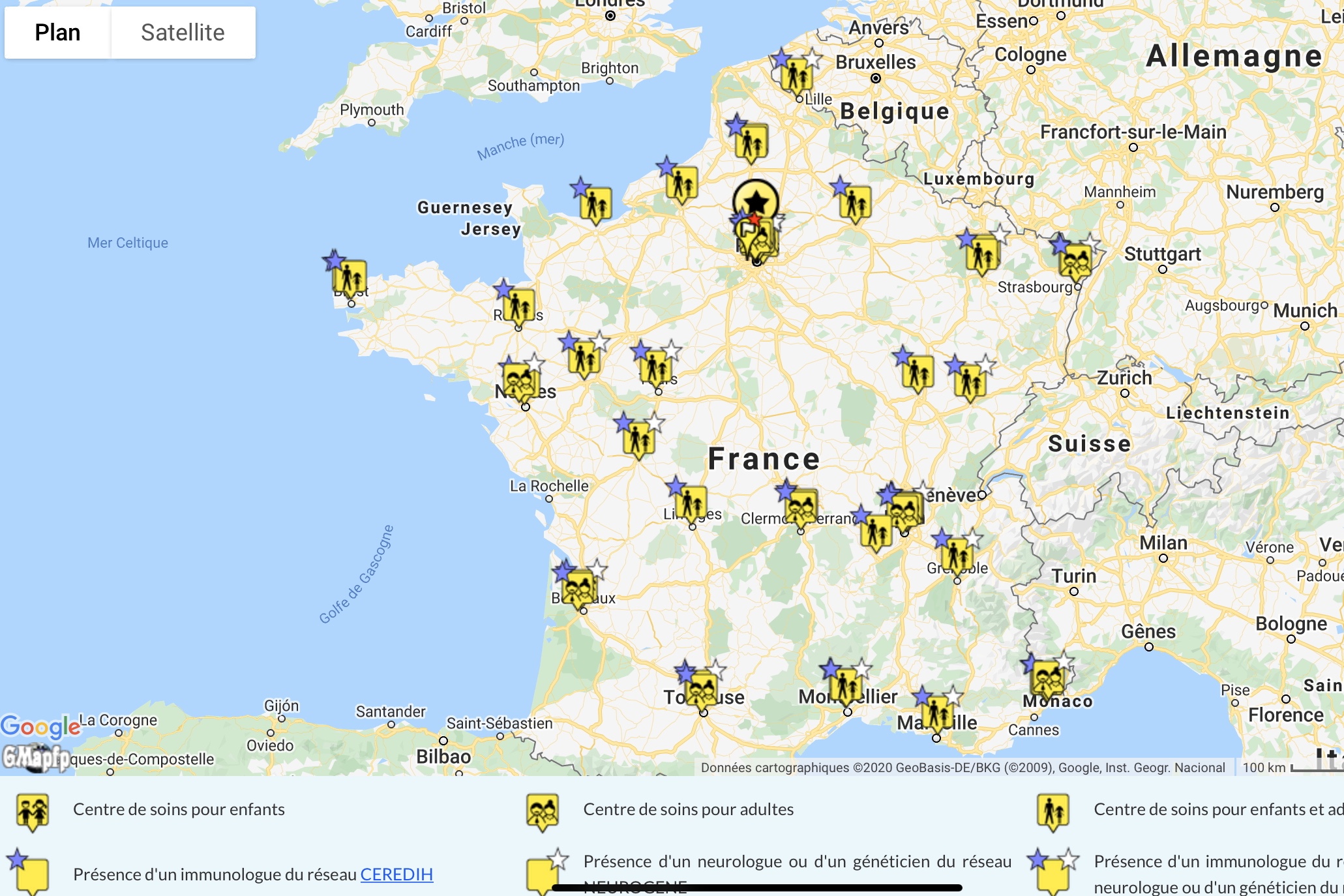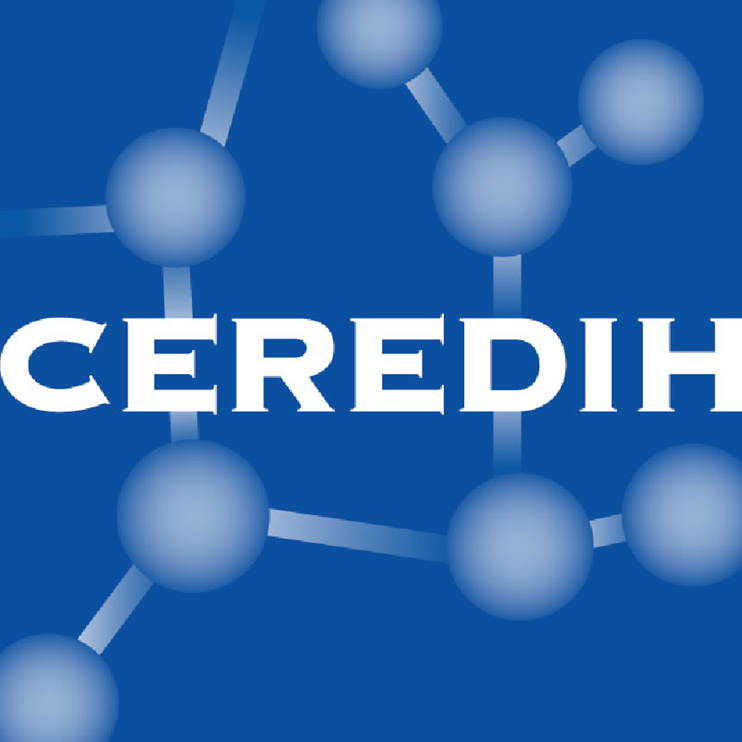While the physical therapist's role is to keep the tool "body" in working order and that the occupationnal therapist strives to build a person's environment, the skill's area of psychomotor is the relationship between brain and body: how the brain apprehends the outside world and controls the body accordingly.
Adaptability of the brain
This scope is very broad and is not fixed: the brain and nervous system are still poorly understood. It is just beginning to glimpse how great tool it is, including its ability to constantly reconfigure for learning or repairing. For example, lobotomized people (to whom a substancial part of the brain has been removed due to a tumor or a disease) do not necessarily lose all the functions that usually locates in the removed part. The part of the brain remained in place is able to adapt and perform later the removed functions.
This adaptability, in addition to making us ever more efficient, also determines our ability to learn throughout our lives. The psychomotor works with frames of reference that will enable him, in connection with the neurologist who will determine what mechanisms are solicited in the brain, to evaluate a possible developmental delay and propose a program of exercises to correct it.
Given the malleability of the brain, there is rarely a single solution to a problem, but often more and therefore it is useless to try to describe them here.
Evaluation
The psychomotor will conduct an evaluation to assess the strengths and weaknesses of the patient. It involves measuring:
- The ability to acquire knowledge and to return them, whether through language or visual and / or sensory capabilities
- Memory
- The attention span
- Positioning in space
- Control of movements
Limitation for the AT
If, during the evolution of AT, some lesions may affect the brain, the initial damage is mainly the cerebellum, the brain stem and the peripheral nerves (see body control), compulsory waypoints for orders developed by the brain, depending on its environment, to the muscles. Due to the absence of malleability, they can not repair or develop a circuitous route to ensure a function when a lesion develops.
Thus, the work of psychomotor can not focus on rehabilitation (recovery of lost functions) but rather on the stabilization of a function or the development of other ways to achieve the desired result.






